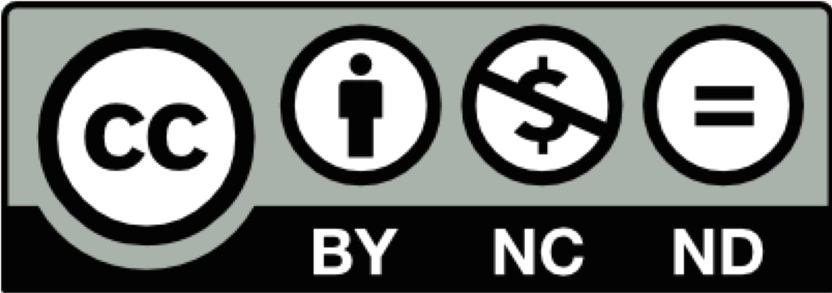The article outlines the main approaches to determining the boundaries of the Middle East region. It analyses the significance and role of the Islamic Republic of Iran in this region. Since the revolution in 1979, Iran has become a key player not only in Persian Gulf politics but also in the Middle East at large. The article dwells upon the factors such as historical, cultural, religious, geopolitical, revolutionary and others that reinforce and influence the position of Tehran in the Middle East. The Islamic Republic of Iran is currently in the centre of a global push-and-pull due to its geostrategic position and its interaction with local and global players. The main aim of the current leadership in Tehran is to preserve Iran’s privileged situation within a changing balance of power. Besides, the author has partially considered Iran's nuclear program in the security aspect. Further analysis shows that the Iranian nuclear weapon can be considered as an instrument of regional deterrence and balance of power assurance in the Middle East.
So it has been concluded that Iran’s regional significance is growing indeed. Today Tehran lies in the heart of all current crucial events in the Middle East. Iran's influence is noticeable in Iraq, Lebanon, Syria, and the Persian Gulf. It is hard to imagine how any of the acute political problems can be solved without the participation of the IRI.
Undoubtedly, the situation in the Middle East is challenging and explosive. Complicated political games and the growing struggle for leadership are acute. Iran, being a large and powerful state will not yield to its influence and leadership.
Amiri, R. E. (2010) Foreign Policy of Iran after Islamic Revolution. Journal of Politics and Law, 3(2), 199–206.
Bazhan, M. P. (Ed.). (1977). Ukrainian Soviet Encyclopedia. (Vol. 1). [In Ukrainian]. Kyiv: Editorial board of URE.
Bilgin, P. (2000) Inventing Middle Easts. The Making of Regions through Security Discourses. Nordic Research on the Middle East, 19 (1), 10–37.
Davison, R. H. (1960) Where Is The Middle East? Foreign Affairs, 38 (4), 665–675.
Ghaderi, M. R., Taghvaei, М., Shafaghi, S. (2017) An Analysis of Management of regional development in Iran. International Review, 1–2, 36–44.https://doi.org/10.5937/intrev1702036G
Decree of the President of Ukraine № 894/2001. Retrieved from http://www.president.gov.ua/documents/ 8942001-292
Fedunenko, E. (2016). The ratio of Sunnis and Shia in the world. Retrieved from https://www.kommersant.ru/doc/ 2889657
Koppes, C. (1976) Captain Mahan, General Gordon and the Origins of the Term “Middle East”. Middle Eastern Studies, 12, 95–98.https://doi.org/10.1080/00263207608700307
Mamedova, N. M. (Ed.). (1999) The Islamic Revolution in Iran. Past, present, future. Moscow: Institute of Oriental Studies, RAS.
Mamedova, N. M. (Ed.). (2016) Iran in the Second Decade of the 21st Century: Challenges and Prospects. Moscow: Institute of Oriental Studies, RAS.
Özalp, O. N. (2011) Where is the Middle East? The Definition and Classification Problem of the Middle East as a Regional Subsystem in International Relations. Turkish Journal of Politics, 2 (2), 5–21.
Primakov, E. M. (2012) Confidential: The Middle East on stage and behind the scenes. Moscow: Rossiyskaya Gazeta.
Rose, G., Tepperman, J. (2012). Iran and the Bomb. New York: Foreign Affairs.
Rybalkin, V. S. (2004) The Middle East. Modern Encyclopedia of Ukraine. Retrieved from http://esu.com.ua/ search_articles.php?id=35506
Sinovets, P. A (2010) Nuclear proliferation in the Middle East: major trends, prevention, and means of overcoming. Strategic priorities, 1, 141–146.
Technical study of different modalities of the application of safeguards in the Middle East. Retrieved from https://www.iaea.org/About/Policy/GC/GC33/GC33Documents /English/gc33-887_en.pdf
Twenty Years Perspective of the Islamic Republic of Iran. Retrieved from http://www.dolat.ir/PDF/20years.pdf
U.S. Department of State. Bureau of Near Eastern Affairs. Retrieved from https://www.state.gov/p/nea/
